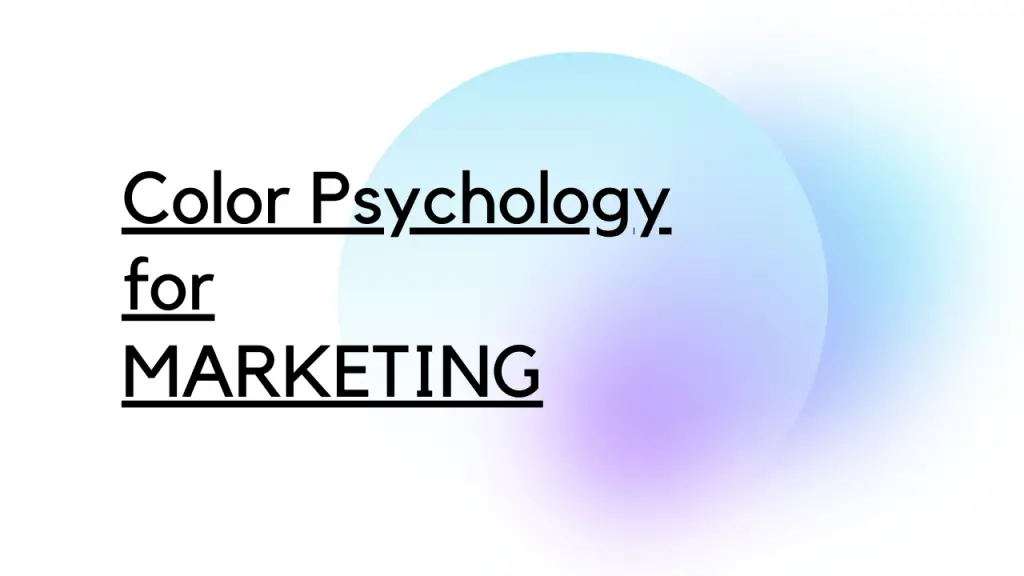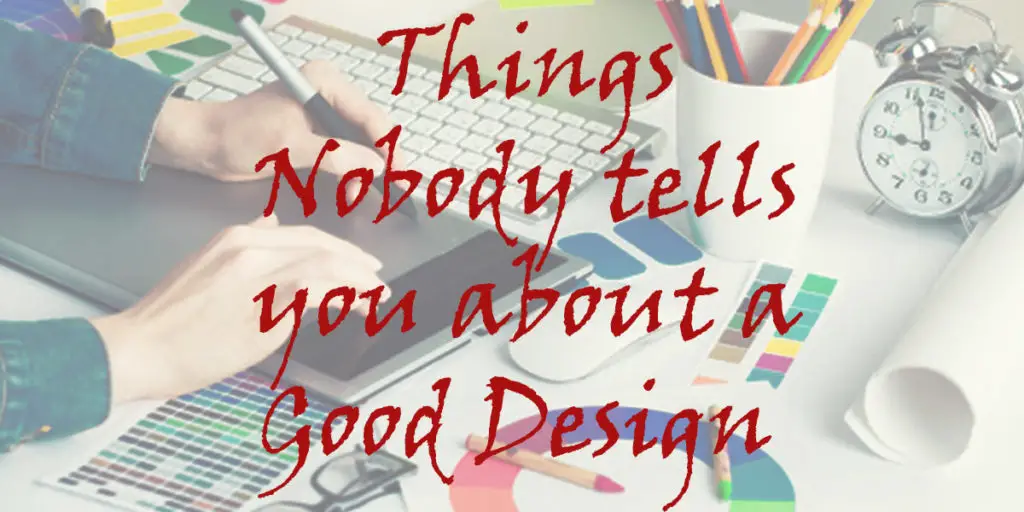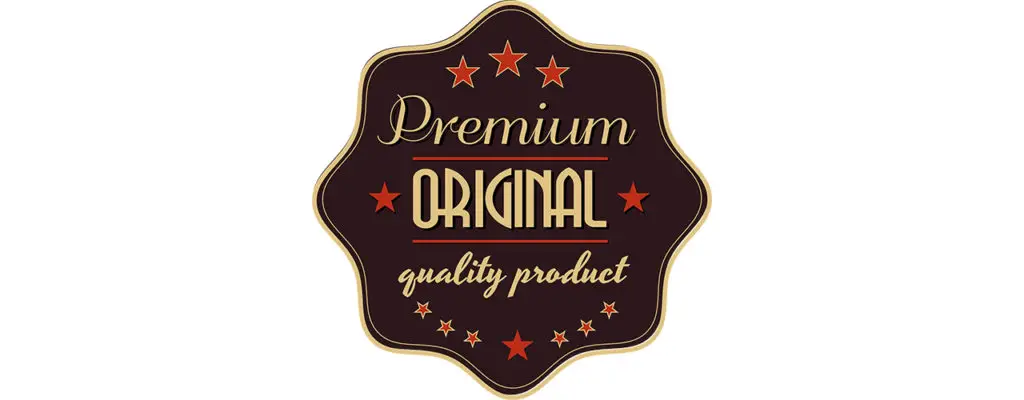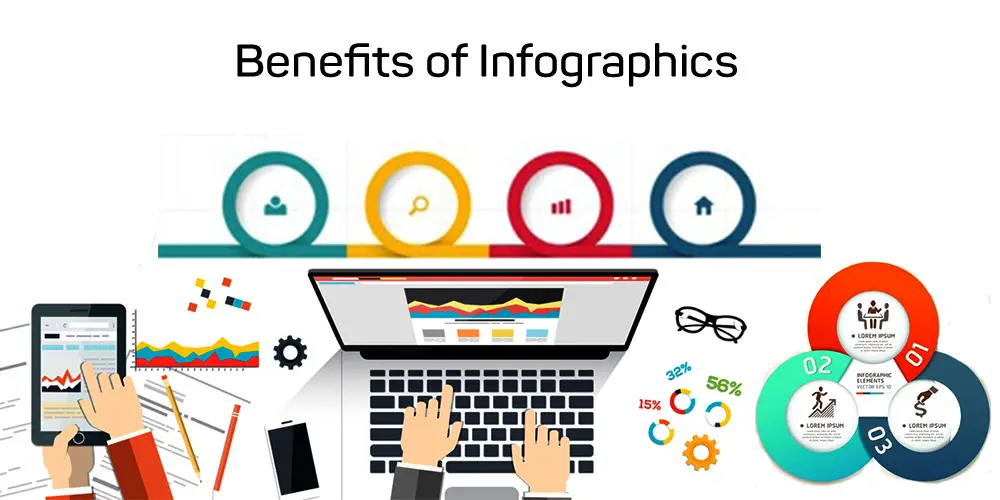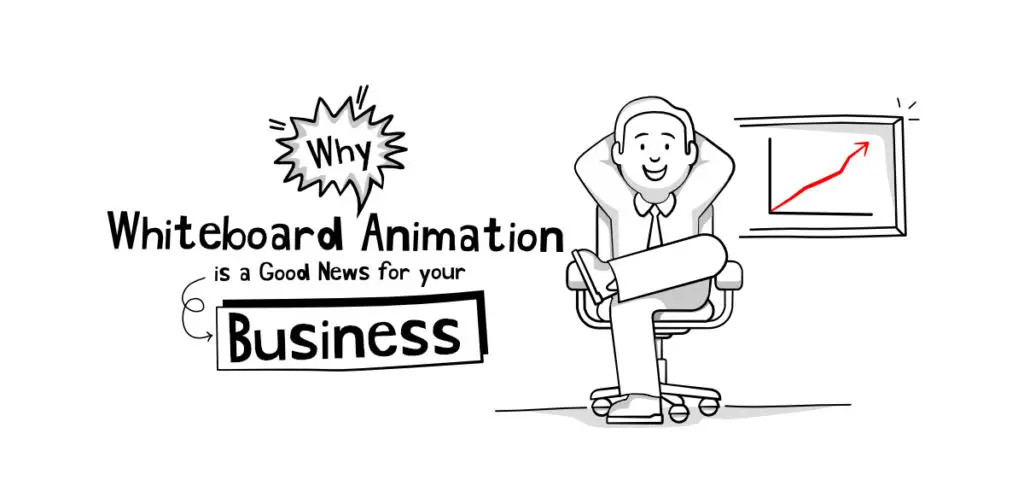THIS ARTICLE MAY CONTAIN AFFILIATE MARKETING LINKS! IN CASE YOU MAKE A PURCHASE THROUGH ONE OF THE LINKS, WE'LL GET A SMALL COMMISSION. WITH NO EXTRA CHARGES TO YOU. THANKS!!
Table of Contents
“Colors, like features, follow the changes of the emotions”
-Pablo Picasso
It has been long believed that colors can expertly alter and affect feelings, emotions, and moods. Thus, making Color is a powerful medium for communication as it can be used to influence mood and can influence physiological reactions. Colors can have a specific meaning, and they exert their influence automatically.
So, What’s Color Psychology all about?
In simple words, Color Psychology is the study of colors and their effect on behavior and perception. As we discussed color can influence the mood, emotions, actions of a person, and work great as a stimulant. For example combination of Red and Yellow colors can stimulate hunger. And as result explains the use of these colors in Fast-Food restaurants such as McDonald’s and Burger King.
Carl Jung is the most distinguished person in the field of Color Psychology. He stated that,
“Colors are the Mother Tongue of the subconscious”
Use of Color Psychology for Marketing
Color Psychology is a staple in the field of marketing. Making it an essential tool for marketers and designers alike. Colors help in setting up expectations and communication of characteristics of the product. Using colors as guide marketers tell the audience what is important and what is not. Thus, understanding what color means to the audience is necessary.
Not everyone responds to color in the same way, color perception, memories, events, and cultures also influence response towards color. However, there are few general aspects of color that play a huge part in color psychology.
Let’s take a look at Color Psychology of different Colors
RED
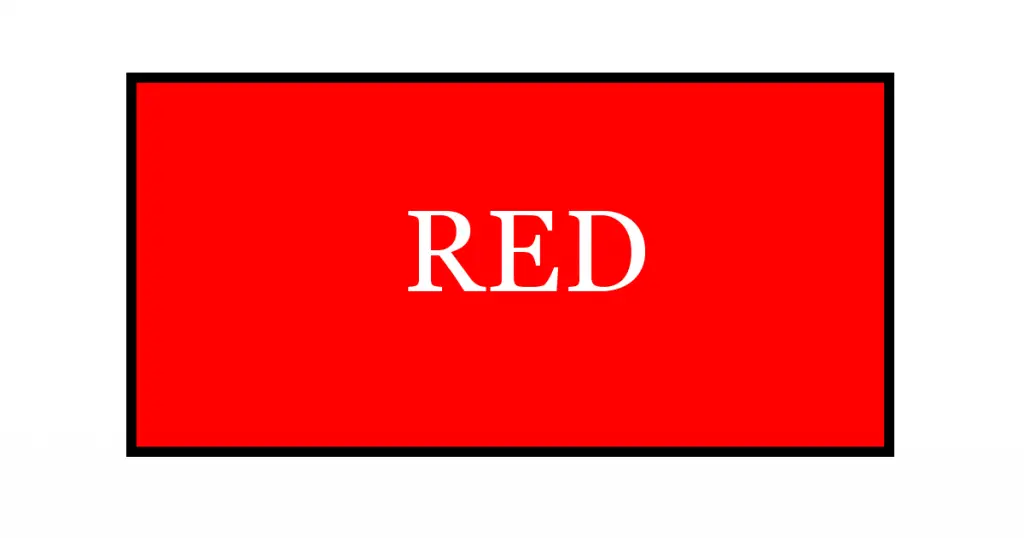
Color Red tends to attract the most attention. And is a very powerful, and dynamic color associated with strong emotions like affection, love, terror, fear, and survival. Red is a warm and positive color and signifies strength, courage, danger, and power.
A common use of Red: Stop Lights, Horror Films, and Valentine’s Day.
Famous Brands with Red Logo: Coca-Cola, Vodafone, Youtube
YELLOW
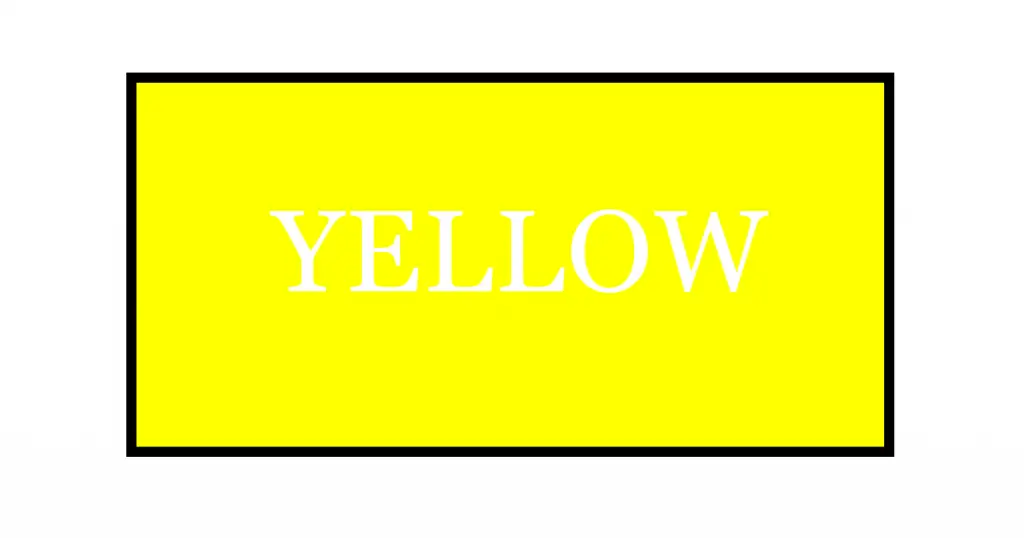
Color Yellow represents emotions like joy, cheerfulness, happiness, and optimism. Basically, Yellow refers to Happy. It is the color of the mind and intellect and resonates with the logical side of the brain. Yellow is also a warm color.
A common use of Yellow: Smiley Faces, Traffic Lights.
Famous Brands with Yellow Logo: Snapchat, IMDB, DHL
ORANGE

Color Orange is also a warm color like Red and Yellow. It has a very unique psychological meaning as it is a combination of Red (power and energy) and Yellow (friendliness and fun). This combination makes orange a color of optimism, self-confidence, and encouragement. It signifies superficiality and pessimism.
A common use of Orange: Board Games, Sporting Events, and Fruits.
Famous Brands with Orange Logo: Nickelodeon, Rock Star Games, Shutterfly
GREEN
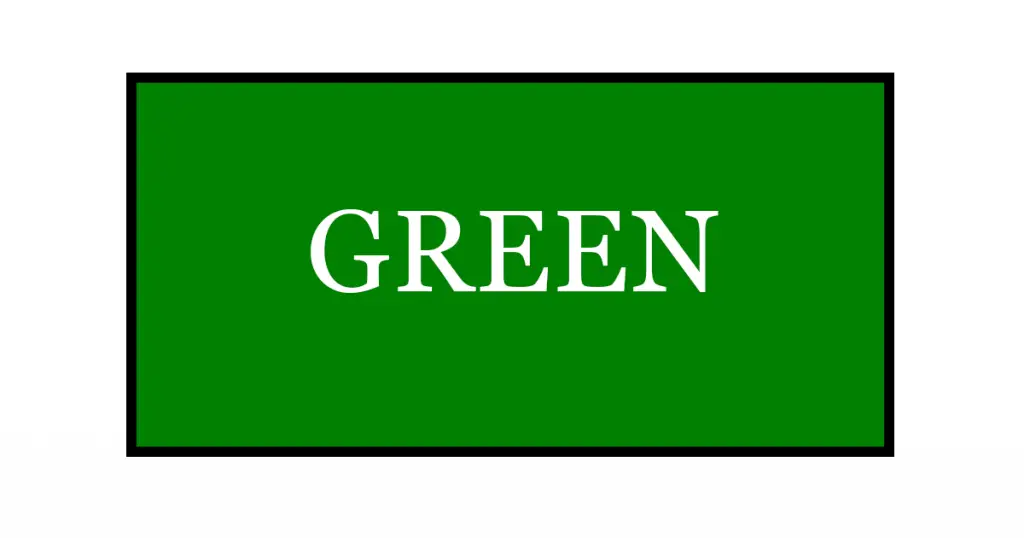
Color Green symbolizes nature, growth, balance, and harmony. It is one of the most commonly seen colors in nature. Dark green represents wealth, money, and prestige, whereas light green represents growth, freshness, and rebirth.
A common use of Green: Restaurants, Health-based stores, Economic Exchange.
Famous Brands with Green Logo: Xbox, Heineken, Animal Planet
BLUE
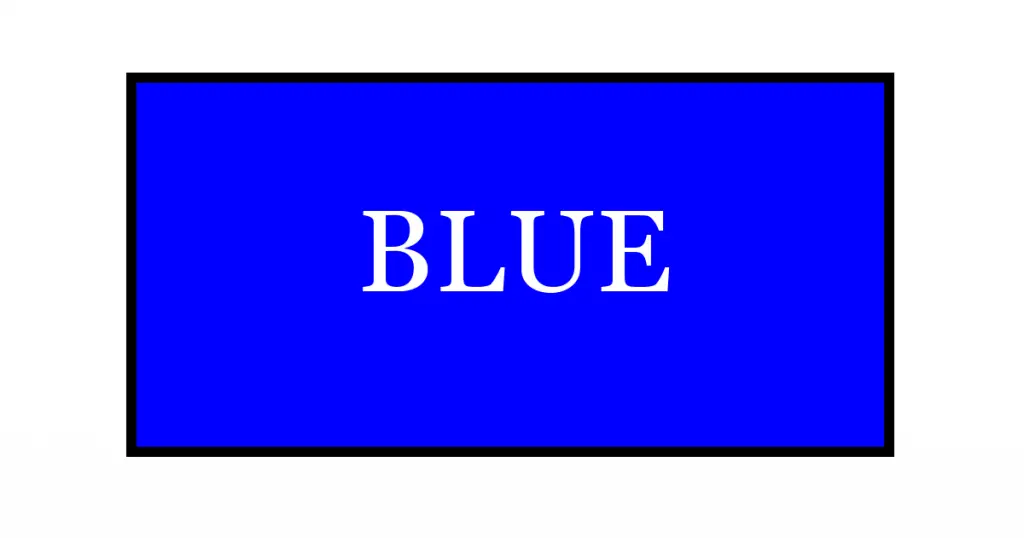
Color Blue is one of the cool colors. It is the color associated with serenity, trust, and peace. Blue has the opposite effect on the brain than Red. Blue also is the most favored color of all. It is calming in nature as it helps in reducing tension and fear.
A common use of Blue: Spas, Workout facilities, and Hospitals.
Famous Brands with Blue Logo: Facebook, Twitter, Linkedin
PURPLE
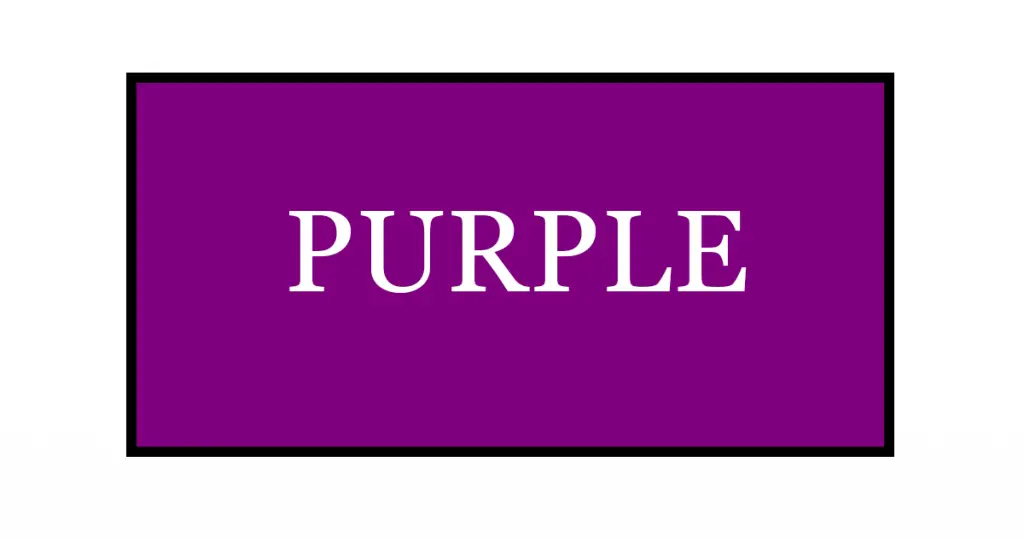
Color Purple is known for its spirituality and imagination. Being a combination of Red and Blue, Purple carries the energy of Red and the stability and reliability of Blue. Making it a perfect bearer of physical and spiritual energy. It is often associated with royalty, luxury, magic, and mystery.
A common use of Purple: Luxury products, Fairy tales, and Magic Shows.
Famous Brands with Purple Logo: Craiglist, Apollo Tyres, Hallmark
PINK
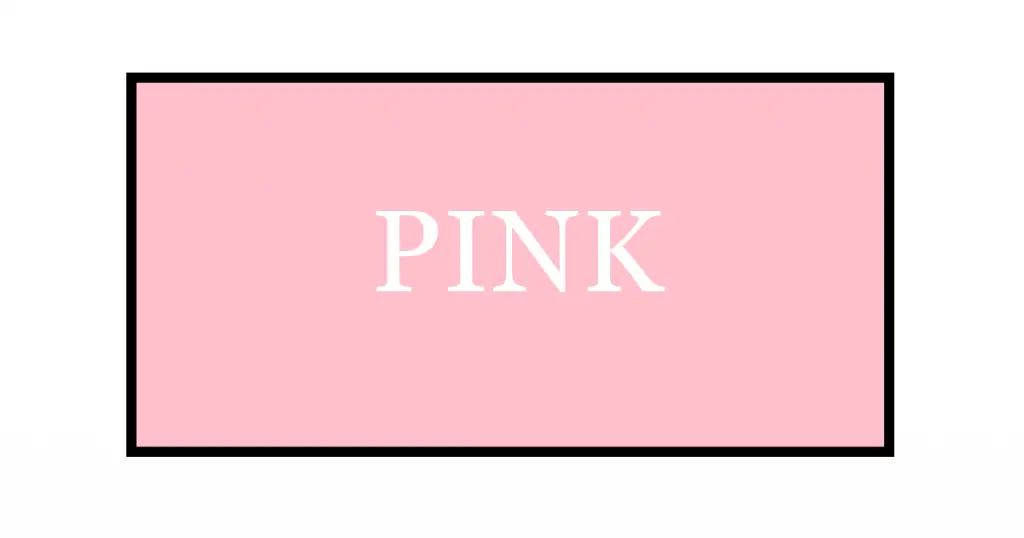
This color is the less intense version of Red. Pink is associated with emotions like love and compassion. It is a color of hope and known to be romantic and sensitive.
A common use of Pink: Kids products, Bathroom products.
Famous Brands with Pink Logo: Barbie, LG, Baskin Robbins
BROWN
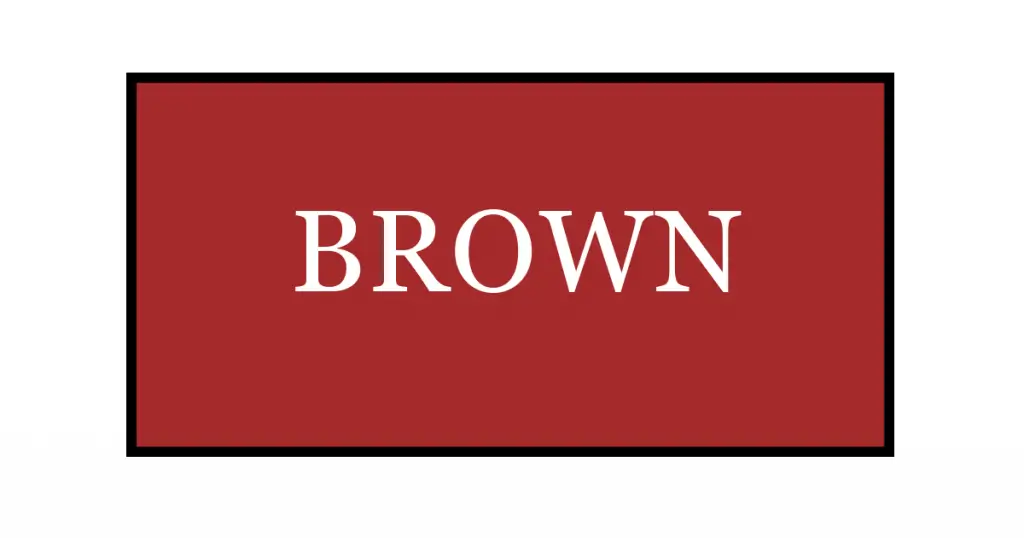
It may not be the most appealing or stimulating color, but Brown is associated with protection, structure, and security. It is a grounded color and can replace Black in some situations. Overall Brown is full of support in nature.
A common use of Brown: Coffee Shops, Campgrounds, and Home Furnishings.
Famous Brands with Brown Logo: M&M’s, Hershey’s, A&W
BLACK
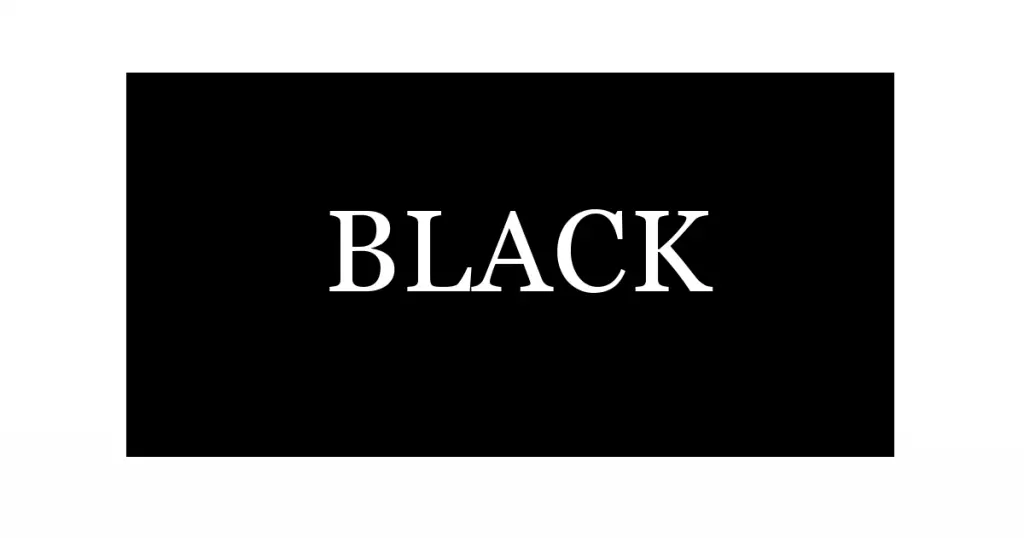
Color of control, independence, seriousness, and sophistication, Black is a reserved color that lacks light. Black is the absence of all the colors. It is a great color for high contrast.
A common use of Black: Luxury Products, Professional Attire.
Famous Brands with Black Logo: Adidas, Louis Vuitton, Nestle
WHITE
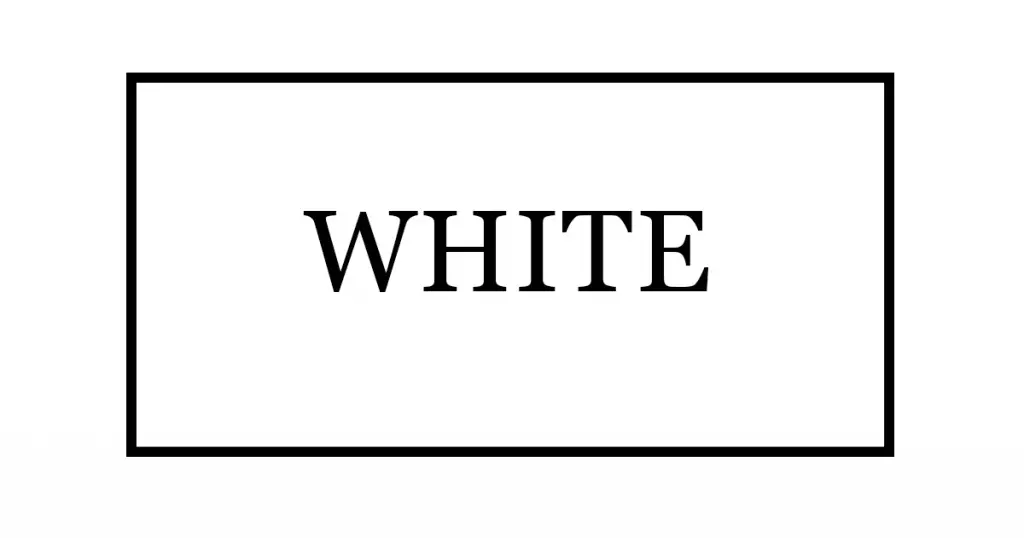
Color White is considered pure and complete, it is associated with peace, purity, innocence, and cleanliness. White also represents New Beginnings and is an equal balance of all the colors.
A common use of White: Website backgrounds, Weddings, and Doctor’s waiting room.
Colors also get associated with certain words. Let’ take a look at them.
Color’s association to Words
According to a survey, people were asked to select a color that they associated with certain words.
- Trust: Blue (34%), White (21%), and Green (11%)
- Security: Blue (28%), (16%), and Green (12%)
- Speed: Red (76%)
- Cheapness: Orange (26%), Yellow (22%), and Brown (13%)
- High Quality: Black (43%), and Blue (20%)
- High Tech: Black (26%), and Blue and Gray (both 23%)
- Reliability: Blue (43%), Black (24%)
- Courage: Purple (29%), Red (28%), and Blue (22%)
- Fear/Terror: Red (41%), and Black (38%)
- Fun: Orange (28%), Yellow (26%), and Purple (17%)
Some fact’s about Color based on Gender
- Both Men (57%) and Women (35%) prefer BLUE color.
- BROWN is most disliked by Men, and ORANGE is most disliked by Women.
- Disliked colors were also regarded as CHEAP.
- Men tolerate Achromatic colors better (that is Shades of Gray).
- Men prefer PURE or SHADED colors whereas Women prefer TINTS of color.
- ORANGE and YELLOW become more disliked as a person gets older regardless of gender.
Let’s compile all the things we learned in a list,
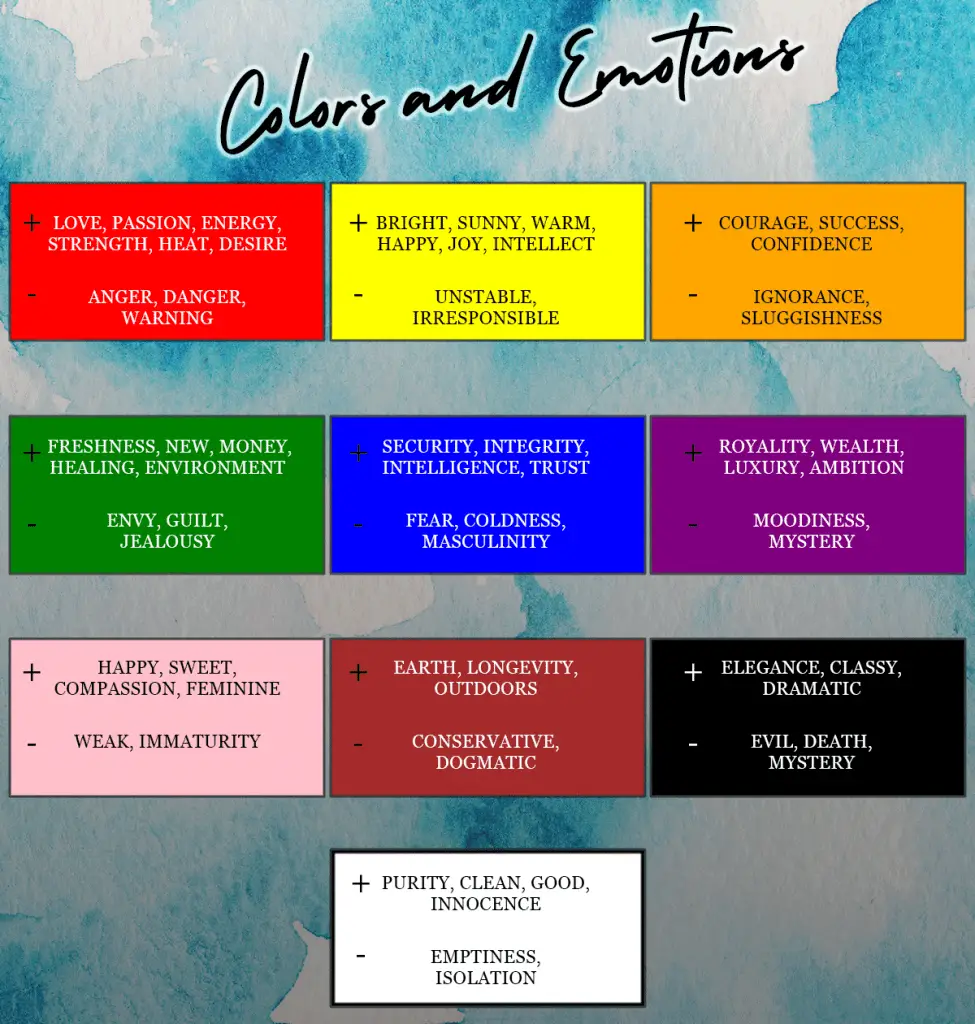
CONCLUSION
Color Psychology is the study of Color and its effect on the behavior and perception of humans. How it changes mood, affects the environment, and stimulates actions and reactions are some key points of study in Color Psychology.
The use of Color Psychology in Marketing is a very powerful tool to communicate ideas to the audience. It helps in making a powerful Brand/ Identity for the business by the use of color and color psychology. As it provides audience targeting by the use of color and hidden meaning associated with them. Nowadays, Color Psychology in Marketing is a staple around which a solid brand identity and environment for the business is built. And it is a must-have tool for any marketer or designer.
